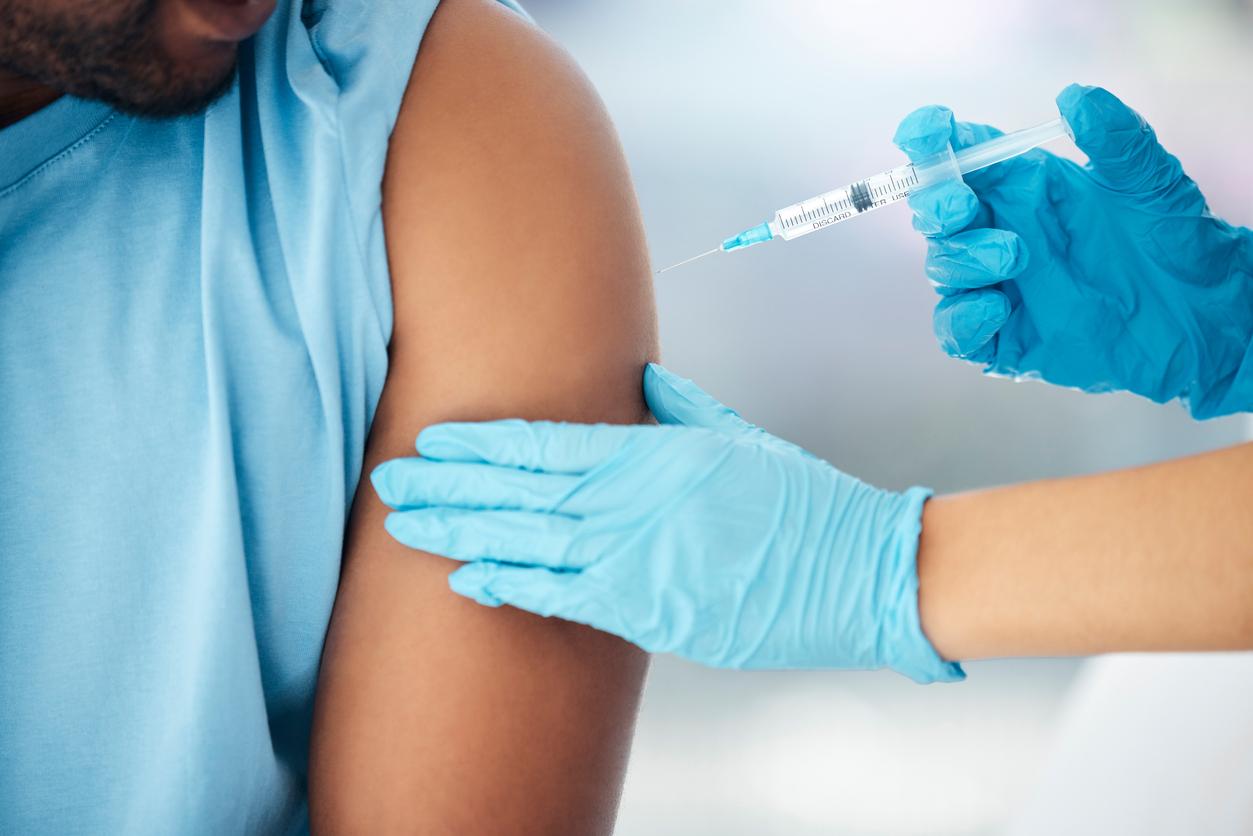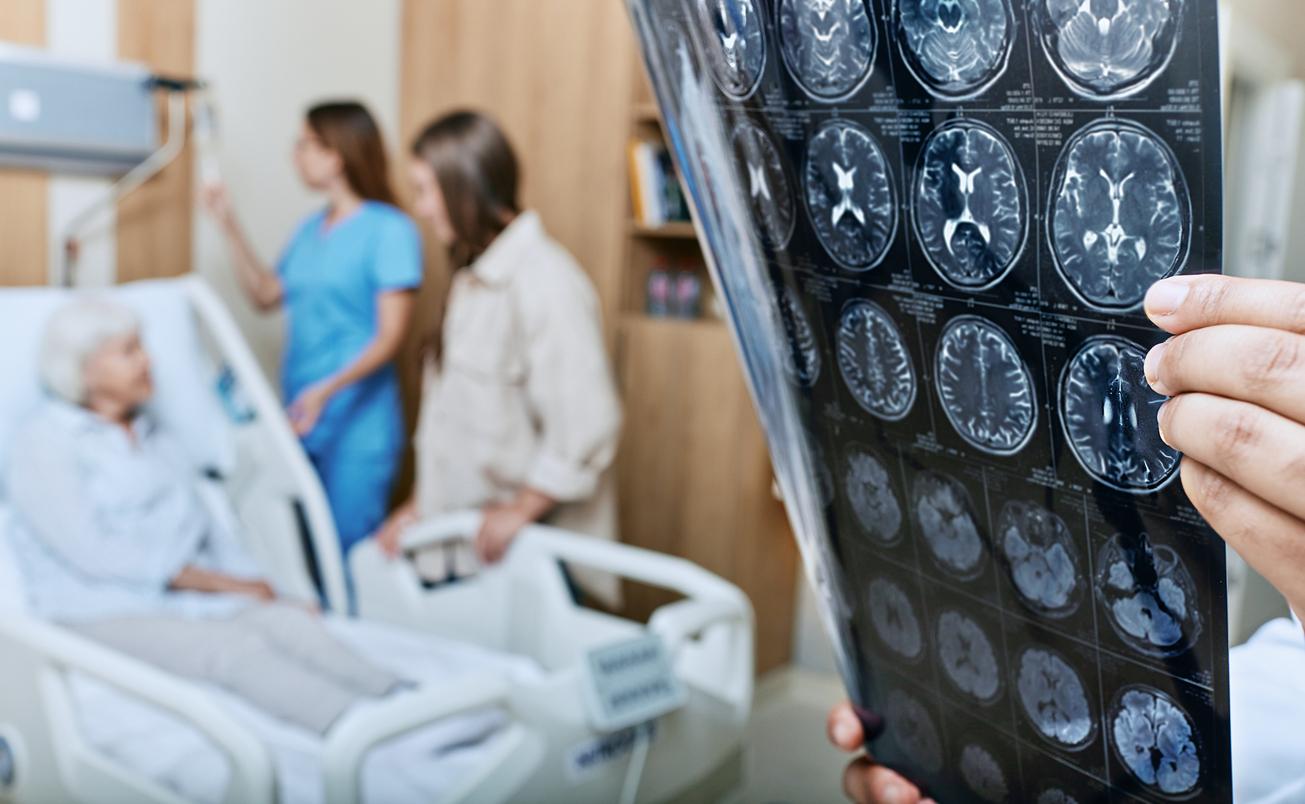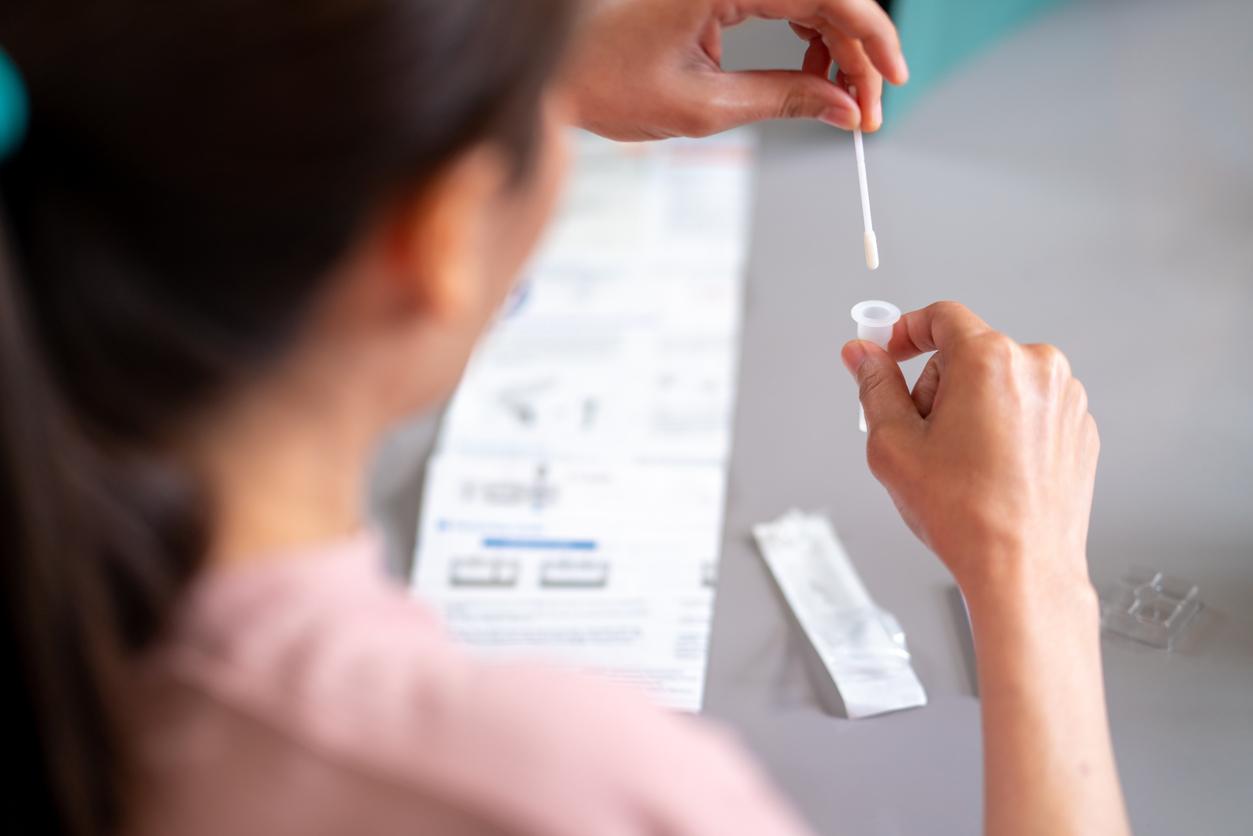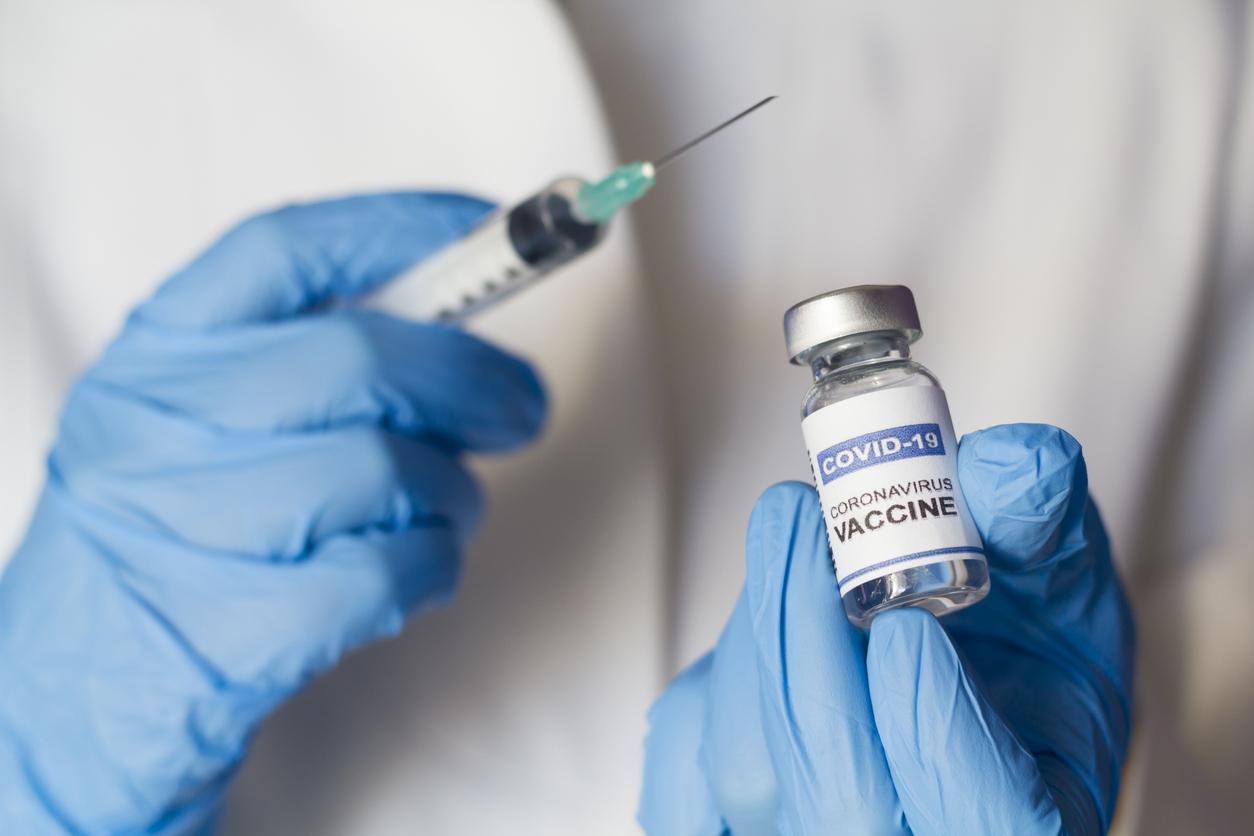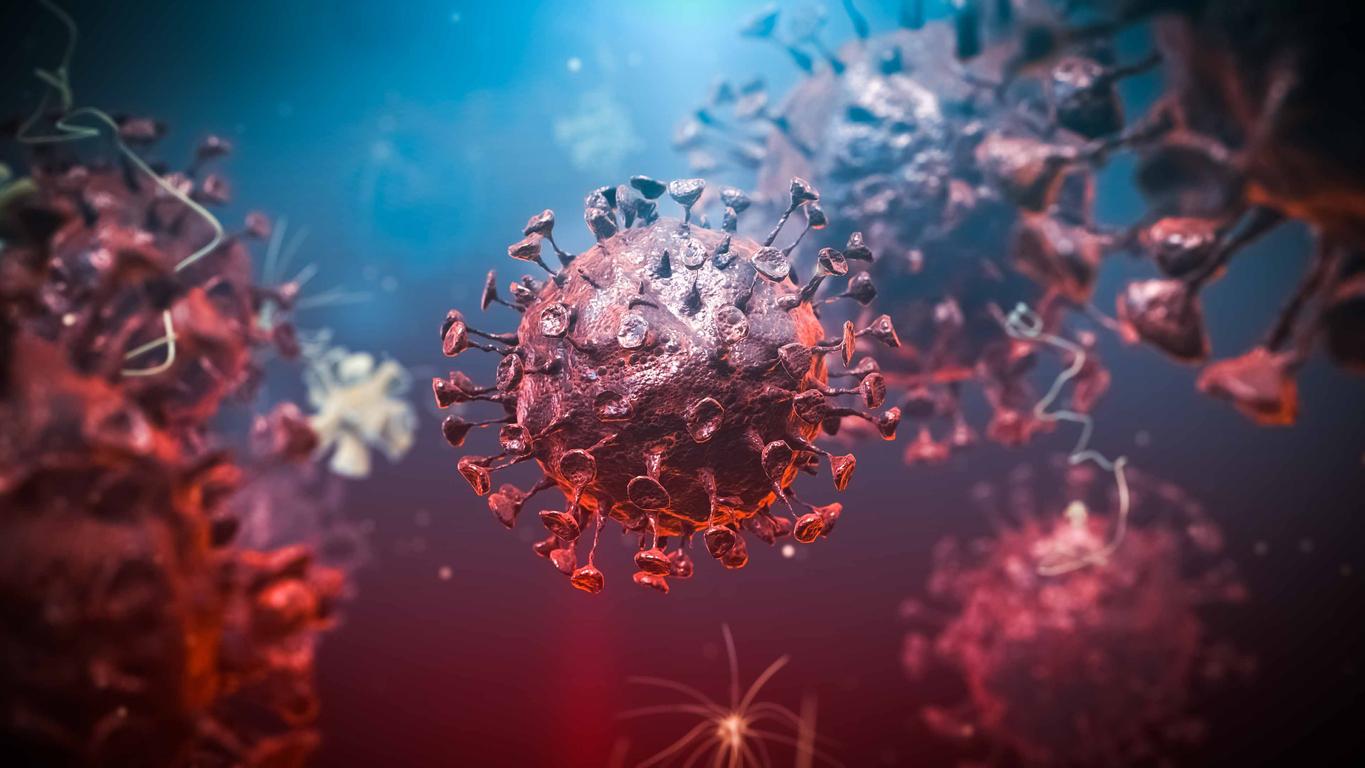Since the end of July, the number of positive cases for Covid-19 has been increasing and has recently been accompanied by a slight increase in the number of hospital admissions, while the number of deaths remains low.
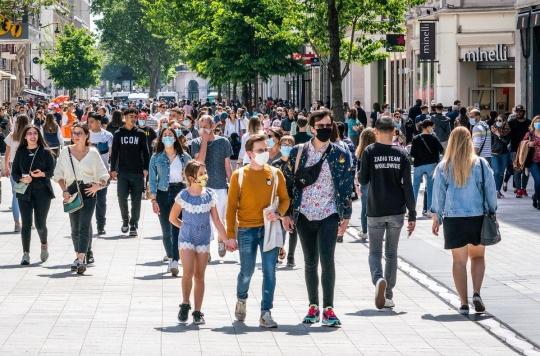
- The increase in the number of tests alone cannot justify the increase in the number of cases: the proportion of positive people rose from about 1% per week on average at the end of June to more than 3% at the end of June. end of August.
- Admissions to hospital and intensive care “are slowly but surely starting to go up”, commented Jean Castex.
- To prevent young people, who are the most infected, from infecting older people, the government has tightened barrier measures.
A few days before the start of the school year, the number of people who tested positive for Covid-19 has returned to a level comparable to last April. In figures, this translates since the end of July into six times more positive cases than the previous month. Between August 10 and 16, 43% more cases compared to the previous week were recorded. This upsurge mainly concerns people under 40, where the proportion of asymptomatic patients is higher and where complications are rarer. “The virus circulates four times more among those under 40 than among those over 65”, confirmed the Minister of Health, Olivier Véran, in an interview with the Sunday newspaper.
Increased testing doesn’t explain everything
This increase in the number of positive cases is mechanically explained by the increase in the number of screening tests: the more we test, the more we detect new cases. At the start of the epidemic, only patients with symptoms were tested. A study by Inserm published on July 10 the latter revealed that less than one in 10 cases was then detected. However, increasing the number of tests alone cannot justify the increase in the number of cases. “The extension of the tests does not explain everythingconfirms Jean-Paul Stahl, professor of infectiology at the Grenoble University Hospital, at Why doctor. We screen a lot of the youngest who are those who have the least risk of developing serious forms of the disease.”
Since the end of July, hospital and intensive care admissions “slowly but surely starting to rise”, commented the Prime Minister, Jean Castex, during his press conference on Thursday, August 27. “For almost two months, I had no new hospitalizations of patients infected with Covid-19testifies Jean-Paul Stahl. There, it starts again with nearly 3 new admissions per week.” The proportion of positive people has increased significantly, from around 1% per week on average at the end of June to more than 3% at the end of August. According to the latest epidemiological update from Public Health France dated August 20, the increase in incidence (+42%) and the positivity rate (+42%) continue to increase with a stable screening rate for 2 weeks.
#COVID19 | We have been in a phase of resurgence of the epidemic for a few weeks.
The reproduction rate of the virus is above 1, which means that the virus is gaining ground.
We were down to 0.7 in May. We went back to 1.4. pic.twitter.com/xrkwb99MqB— Jean Castex (@JeanCASTEX) August 27, 2020
A month of September “at risk”
The end of the holidays and the return of the youngest to their family, business or school, raise fears of contamination of older people who are most likely to develop serious forms of the disease. “There is a contagious population that is building up and that will eventually spill over to older people.”, worries Jean-Paul Stahl. In this context, the latter classifies the month of September as “at risk”. In addition, there is always a lag between the rise in cases and hospitalizations due to incubation times. “There is on average about three to four weeks between contamination and death”, specifies Mircea Sofonea, lecturer in epidemiology of infectious diseases at the University of Montpellier, to the newspaper The world. It takes about 14 days between contamination and hospitalization and then between 8 and 16 days before possible death.
To fight against this transmission to more vulnerable populations, the government is tightening barrier measures. From next week, the mask becomes compulsory in companies and in schools for teachers and students from college. Nineteen new departments have joined Paris and Bouches-du-Rhône in the red zone of active circulation of the virus. In these territories, several restrictive measures can be imposed by the prefects, such as the obligation to wear a mask or the early closing of bars and restaurants. Screening tests will be amplified: the government has announced the desire to carry out one million weekly tests from September.
Coronavirus: “Thanks to everyone’s efforts” 840,000 screening tests were carried out in one week, specifies Olivier Véran, “that is to say beyond our objectives”. The objective now is to reach 1 million tests per week, adds the Minister of Health pic.twitter.com/WXKXLP10Ly
— franceinfo (@franceinfo) August 27, 2020
Vaccines expected at the end of the year for Oxford, in the first quarter of 2021 for Sanofi
If for the moment, no sign shows the arrival of a second wave of the same magnitude as in March and April, hospitals are ready. In total, 12,000 intensive care beds are available, a capacity that represents “twice as many patients” than the maximum number reached in April, specified the Prime Minister. Drug stocks are also full and are “able to provide it to 29,000 patients”. “We have anticipated and secured our response capabilities, whether in terms of stocks of masks, gloves, medicines, respirators”, added Olivier Véran. Added to this is a better knowledge of the virus and its management. “This probably plays in partconfirms on this point the epidemiologist Ségolène Aymé at World. We have made progress in the care of patients at the beginning of the disease, but we are unable for the moment to measure the benefits precisely..”
Recontainment plans, territorial or more global, have been prepared.
Our hospital system is ready for a possible new wave of patients (beds, masks, resuscitators, drugs…).
But we must do everything to avoid a general reconfinement. pic.twitter.com/YuuP3XlMOH— Jean Castex (@JeanCASTEX) August 27, 2020
While waiting for a vaccine, “you have to get used to living with the virus that won’t go awaybreathes Jean-Paul Stahl. The risk persists and everyone has a responsibility knowing that zero risk does not exist.” The upcoming winter period is certainly less conducive to sociability but “with the cold, we live more indoors, which increases the state of risk”, specifies the infectiologist. The director of the Oxford Vaccine Group vaccine research center, Andrew Pollard, says the vaccine developed by the university – in partnership with pharmaceutical group AstraZeneca – could apply for marketing authorization as early as this year . For its part, the French company Sanofi hopes to market a vaccine “at the end of the first quarter of 2021”, hopes the president of Sanofi France, Olivier Bogillot, at the microphone ofEuropean 1.










